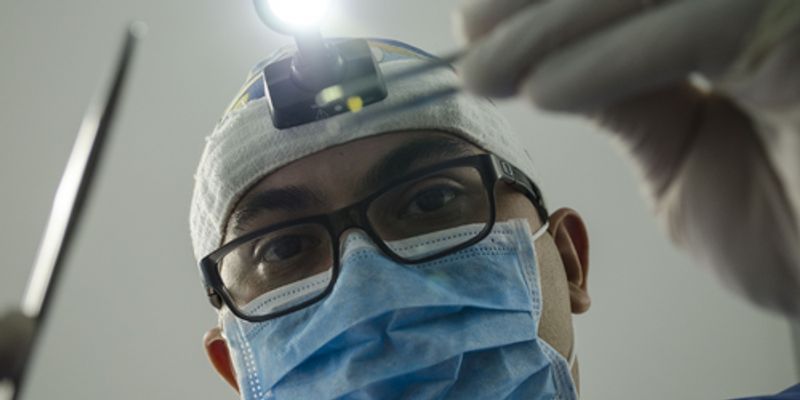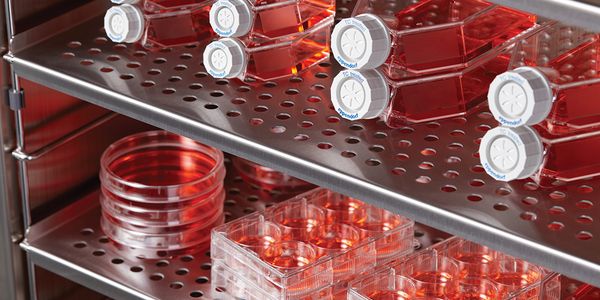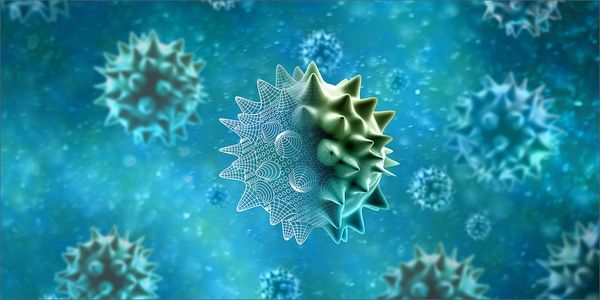Clinical methods
Clinical methods describe the techniques and analyses used to collect, process, and analyze clinical data. Clinical methods are used to reach a conclusion about a patient in a medical situation. There are various goals that can be achieved by following clinical methods, including diagnosing a disease, planning a treatment regimen, or monitoring the efficacy of a treatment
-
Implementing precision genomic medicine in the pediatric acute care setting has several challenges. First, the diagnosis must be made quickly. Second, the determination of pathogenicity mus...
This talk will review successful efforts at Washington University to employ novel reagents and informatics to the problem of rare allele detection. I will discuss a published bakeoff of in si...
JUN 20, 2019 | 8:00 AM
DATE: June 20, 2019TIME: 8:00am PDTRetinal ganglion cells (RGCs) are projection neurons that process and transmit visual information from the retina to the brain. In a group of disea...
JUN 19, 2019 | 11:00 AM
DATE: June 19, 2019TIME: 11:00am PDT, 2:00pm EDT Abstract:...
JUN 19, 2019 | 10:00 AM
DATE: June 19, 2019TIME: 10:00am PDT, 1:00pm EDT As we develop new methods to create more biologically relevant models for research in understanding disease etiology and in...
JUN 18, 2019 | 8:00 AM
DATE: June 18, 2019TIME: 08:00am PDTAnalytical Ultracentrifugation (AUC) is one of the most powerful biophysical tools used today for the characterization of biological samples ranging...
JUN 12, 2019 | 9:00 AM
DATE: June 12, 2019TIME: 9:00am PDTDoes your work require you to freeze dry samples? Are your results inconsistent? Is your freeze dry cycle taking too long? Learn how to optimize you...
JUN 05, 2019 | 5:00 PM
DATE: June 5, 2019TIME: 8:00am PDT, 11:00am EDT, 5:00pm CEST Eukaryotic cell cultures respond to the most subtle influence. Apart from the risk of contamination, minimal chan...
Tissues in the body are wonderfully organized, with specific arrangements of cells, extracellular matrix, secreted molecules, and fluid flow that synergize that create emergent functions. How...
Speaker:
Rebecca Pompano, PhD
The attractiveness of 3D printing technology in the microfluidic field is growing, specifically stereolithographic (SLA) type 3D printers, owing to their low cost, versatility, fast and easy...
MAY 21, 2019 | 7:00 AM
DATE: May 21, 2019TIMEL 7:00am PT, 10:00am ET Human T cells are central effectors of immunity and cancer immunotherapy. CRISPR-based functional studies in T cells could prioriti...
MAY 16, 2019 | 4:00 PM
DATE: May 16, 2019TIME: 7:00am PDT, 10:00am EDT, 4:00pm CEST The emergence of NGS is revolutionizing the microbiological sciences and transforming medicine. Deep sequencing has...
In 2014, the Undiagnosed Diseases Network (UDN), which is funded by the NIH, was established as a network of seven clinical sites, two sequencing cores, and a coordinating center. Later, a ce...
Screening to identify all known viruses and other pathogenic microorganisms including bacteria, fungus and parasites in human tumor tissues will provide a more comprehensive understanding of...
Speaker:
Erle Robertson, PhD
Real-time PCR, or quantitative qPCR, is a commonly used molecular biology lab technique to determine the actual amount of PCR product at a given cycle. For quantitative reverse transcription...
Speaker:
Gillian Browne, PhD
Recent technological advances as well as longitudinal monitoring not only have the potential to improve the treatment of disease (Precision Medicine) but also empower people to stay healthy (...
























